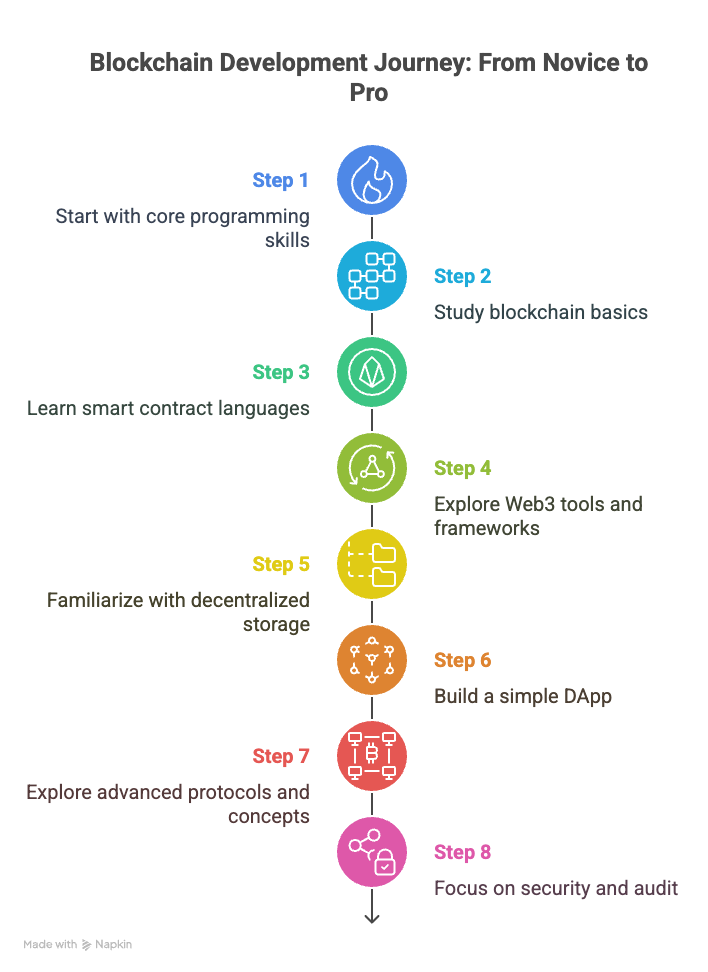Balancing Code and Calm: A Yoga-Infused Reflection by Abhi Mitra
- Abhi Mitra
- Sep 9
- 3 min read

Picture a yoga mat unfurling alongside a dual-monitor setup. You stretch into Balasana, the Child’s Pose, and exhale. That tension in your neck, the lines around your eyes from too many Slack pings—they melt.
I’m Abhi Mitra—a software developer weaving blockchain logic and gaming loops by day and rooted in asanas by sunrise. In the digital labyrinth of algorithms and Agile boards, our minds often ping every bit of stress, burnout, and inner unrest. That’s why mental health isn’t a sidebar—it’s the very architecture of well-being.
Why mental health matters—especially for tech folks
The numbers get uncomfortably real:
Over half of tech professionals—around 52%—report experiencing depression or anxiety Talkspace for BusinessZevo Health.
A staggering 62% feel physically and emotionally drained after a workday; 42% of them are flirting with quitting soon WebMD Health Servicesnetcomtraining.co.uk.
Productivity stumbles too: 71% say mental health struggles dent their output, and 57% report burnout DEV Community.
High-pressure sprints, chronic multitasking, and that nagging push for one more deploy—it wears us down. Too often, we automate workflows but neglect the human in the loop.
How tech disturbs our innate balance
We’ve got an attention-eater in our midst: media multitasking. Dizzying screen-switching is linked to ratcheted-up anxiety, diminished cognitive control, and even social unease Wikipedia.
On top of that, AI looms like an existential bug:
In short, our minds are often trapped in feedback loops, stuck between screens and uncertainty.
The yoga antidote: restoring the human byte
Yoga isn’t about perfect alignment—it’s a gentle reboot. Research shows:
Yoga lifts mood by boosting GABA, serotonin, dopamine—our brain’s lullaby and cheering squad Harvard HealthEatingWell.
It diminishes stress hormones like cortisol, taming inflammation and emotional reactivity EatingWellLippincott Journals.
Even a 12-week intervention significantly reduces anxiety and stress in students Frontiers.
In more focused studies, hot yoga twice weekly led to 44% in remission from depression—nearly half!—after eight weeks Vogue.
Millennials and Zoom-nomads fighting IBS saw better digestion, less stress, and improved function with yoga five times a week for three months The Times of India.
Even in software engineering environments, though quantitative gains weren’t statistically massive, participants felt better—and that qualitative shift is still important arXiv.
How to integrate yoga into your tech life:
Start with micro-practices. Try these short resets between commits:
Legs-Up-the-Wall (Viparita Karani): calms the nervous system, washes away screen panic The Times of India.
Bridge Pose (Setu Bandhasana): opens the chest, uplifts the mood The Times of India.
Savasana: let gravity do the debugging; integrate body, mind, breath The Times of India.
Aim for consistency, not extremes. A few minutes of mindful breath and stretch can add up. Pair yoga with Mindfulness-Based Stress Reduction (MBSR) for emotional clarity and stress relief Wikipedia.
A little thing: 120 minutes per week in nature—even a stroll under trees—boosts mental clarity and counters screen fatigue Wikipedia. Walk, observe, breathe. That's real unplugging.
Your yoga-tech blueprint:
Make it habitual: Slot in one 10-minute session between sprints or meetings.
Track joy, not just metrics: Maybe your code compiles slower, but you’re less restless.
Blend mindfulness: Sync asana with breath and presence; that’s where calm lives.
Share. Be vulnerable. Normalize. When you say, “I’m doing yoga now—not debugging,” you open a human moment.



Comments